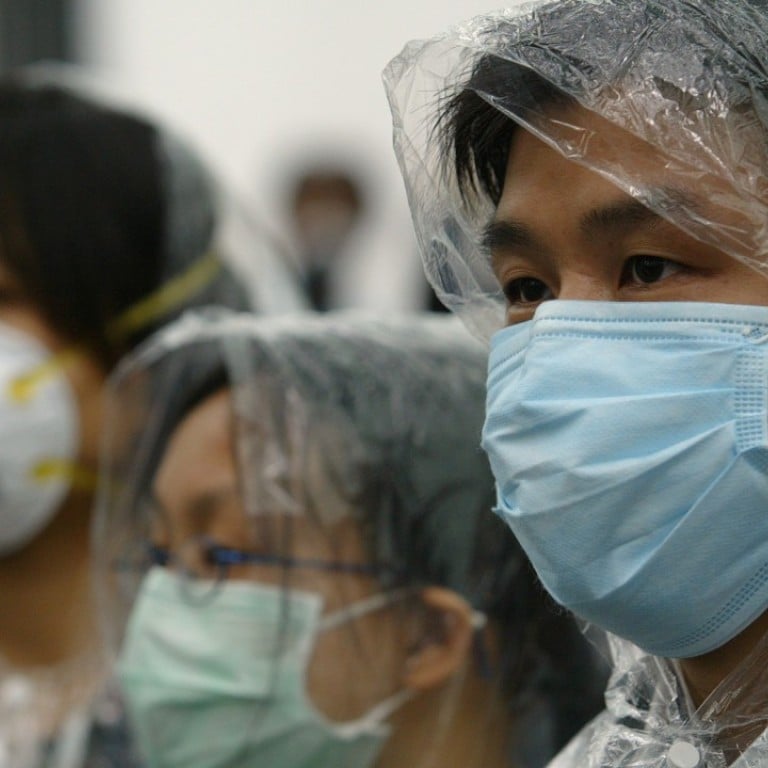
Average Hongkonger meets 12-13 people a day. Do you? Study of social interactions to help map disease epidemics
Under-20s and fortysomethings the most gregarious Hongkongers, first study of its kind shows; the data will help improve scientists’ understanding of how disease epidemics spread
A newly published study looking at patterns of social contact in Hong Kong will improve knowledge of the growth of epidemics, researchers say.
How hectic Hong Kong is turning into hotbed of infectious diseases
In 2003 Hong Kong was brought to its knees by the Severe acute respiratory syndrome (Sars) epidemic that killed 299 people in the city. Jonathan Read, of Britain’s Lancaster University, and Kin On Kwok from the Chinese University of Hong Kong, conducted the study.
“It’s the first time anyone has measured social contact patterns for a large representative sample of people for more than a single day per person, so will help inform mathematical models of epidemics, particularly for Hong Kong – where Sars emerged into the world – but also how those patterns change over time,” Read said in a statement.

The researchers found that, on average, people met 12 to 13 individuals daily, and that their contacts were in three different locations around the city. The daily time spent in contact with others was just over nine hours.
It concluded that age was an important factor, with 10- to 20-year-olds and 40- to 50-year-olds recording the highest rate of encounters with others. There was a sharp decline in encounter rates above the age of 60.
Experts fear return of Hong Kong’s No 1 killer, TB, amid rise in visitors from disease hotspots and drug resistance
Researchers also found that some people make, on average, more contacts than others – but they are not necessarily more likely to contract or spread disease.

